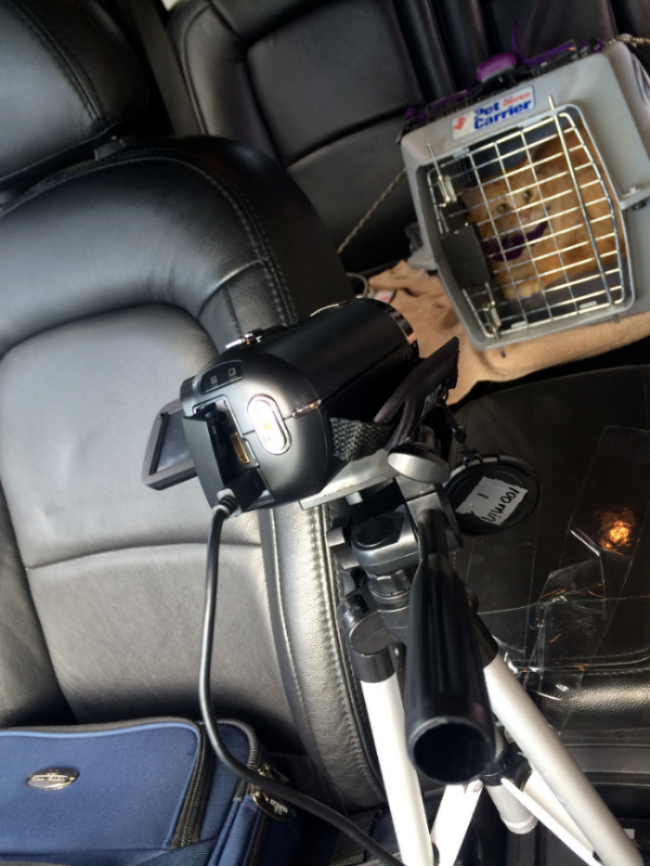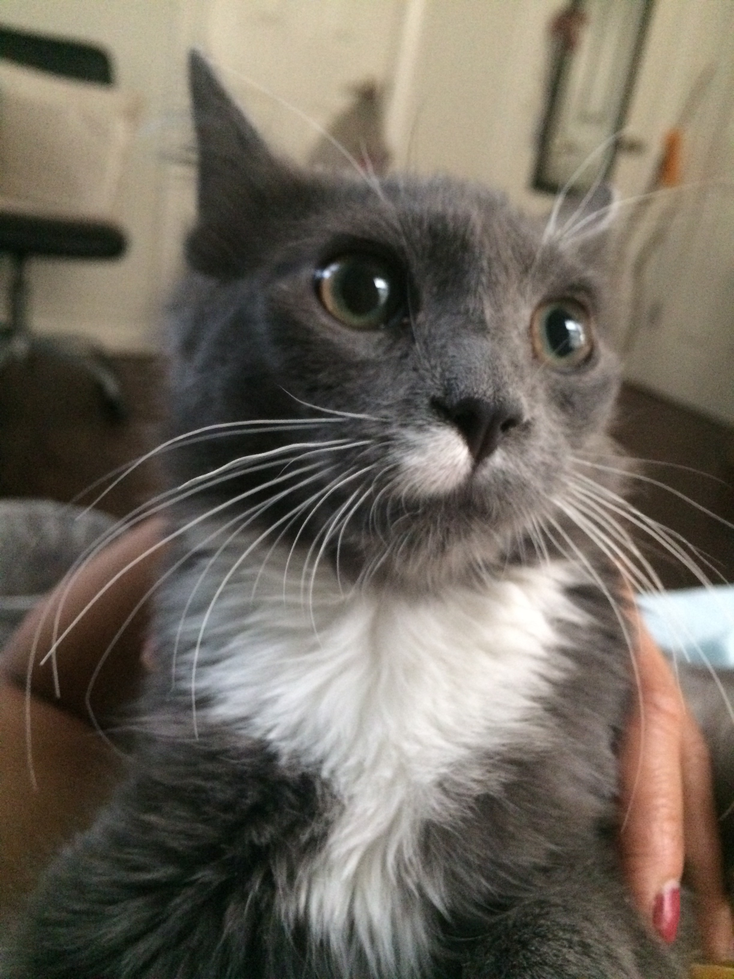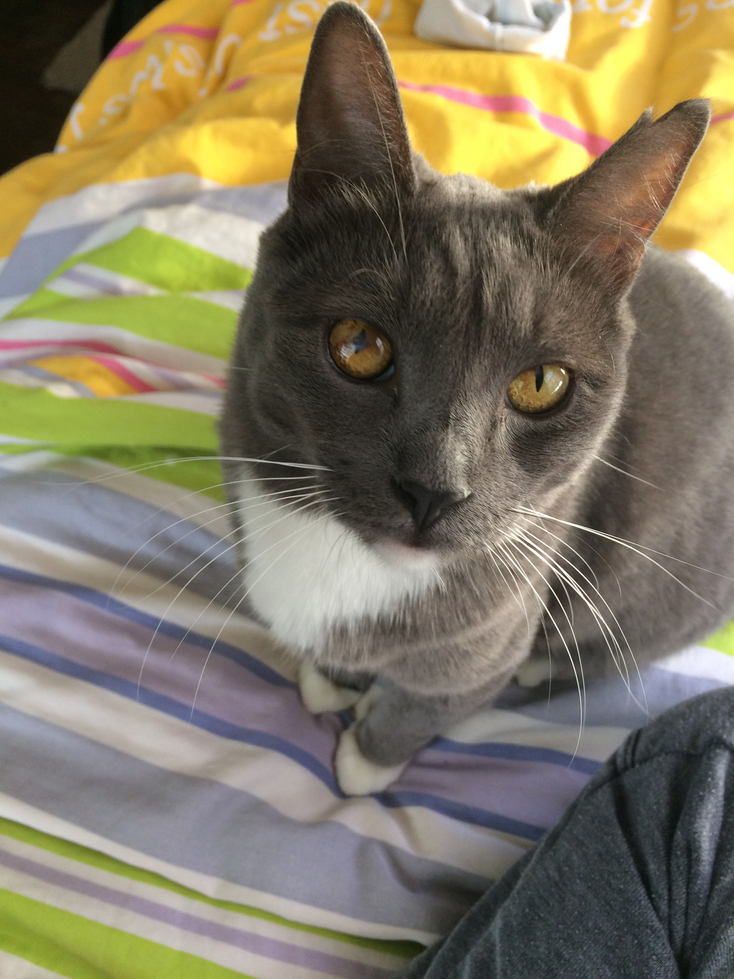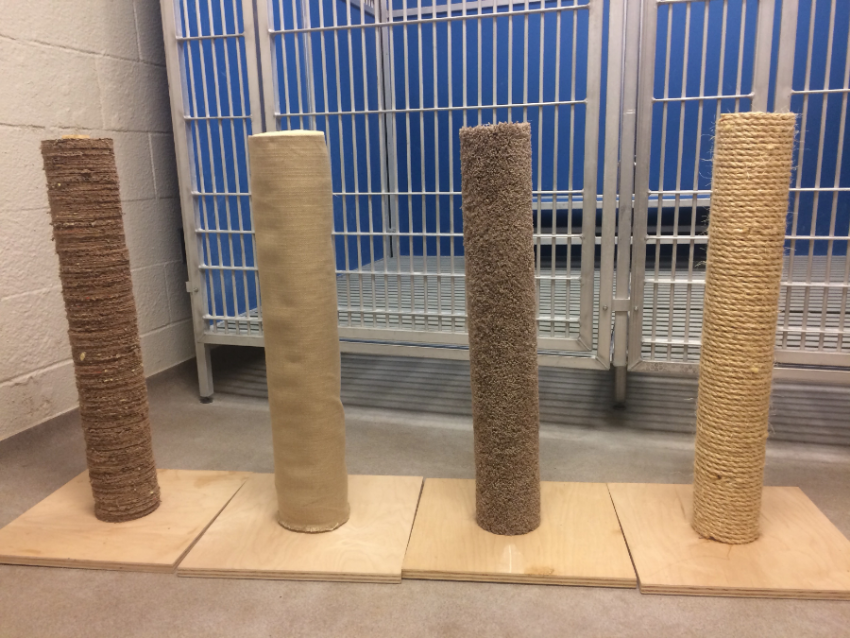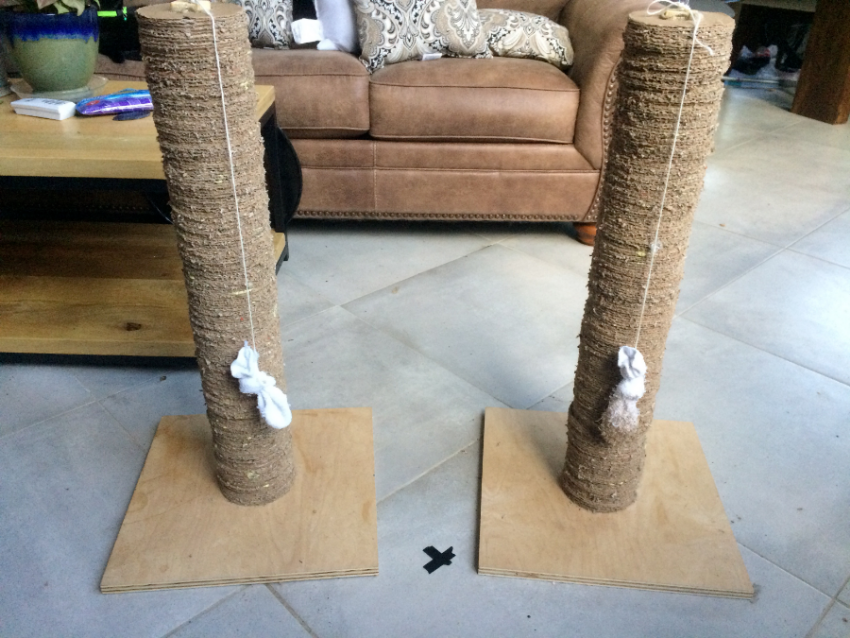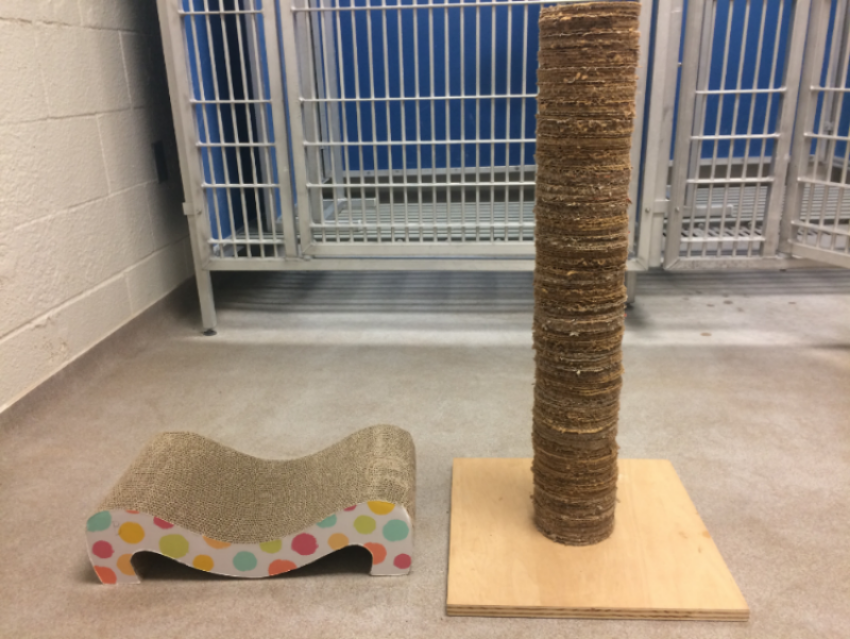Cat Research
Our focus is on reducing stress and improving welfare in domestic cats of different populations and under various circumstances. The major approach is to apply pheromontheraphy under stressful circumstances, and provide enrichment to the cat's regular environment.
Pheromontherapy
Pheromontheraphy refers to the use pheromones for treating anxiety-related behavior problems in cats, which are one of the main reasons for domestic cats being relinquished to animal shelters and for owners seeking for consultant. Pheromone as an alternative to pharmacotherapy for treating behavior problems is of increased popularity because of its safety and convenience for application. Some pheromones, supported by scientific evidences are effective in eliminate certain behavioral problems in cats and examples are the F3 facial pheromones (FeliwayTM) in reducing urine marking, the F4 facial pheromones (Felifriend TM) in reducing inter and intra-specific aggression and the calming effect of the cat mammarial appeasing pheromone (Feli-MultiCat).
The rabbit pheromone 2-methyl-2-butenal (2M2B) - an interomone in cats
As a rabbit maternal-neonatal pheromone that induces tit-seeking behavior in rabbit cubs, 2M2B has been shown in pigs to increase feed intake and body weight during the period after weaning (McGlone et al., 2017). This indicates that 2M2B may have an interomone effects (i.e., a chemical signal that acts as a pheromone of one species but elicits behavioral or physiological responses in a different species where the pheromone molecules have not yet been identified) in species other than rabbits. Therefore, 2M2B was evaluated for its interomone effects in cats under stressful circumstances (i.e., exposed to novel environment and social interactions, transport and sound stress).
Environmental enrichment in cats
The environment enrichment (EE)s are interventions (e.g., toys, scratchers, sensory stimulus) applied to the relatively impoverished environments for improving the welfare of the animals. EEs are effective in reducing the time cat spend being inactive and increase their activity level and diversity. We want to determine which type of scratchers cats prefer, what available sensory stimuli, especially olfactory ones can be applied to increase the use of the scratcher and the long-term effects of these EEs on the general activity and weight management in cats.
Laboratory of Animal Behavior, Physiology and Welfare
-
Address
1308 Indiana Ave Lubbock, TX 79409-2141 -
Phone
806.834.8275 -
Email
john.mcglone@ttu.edu

